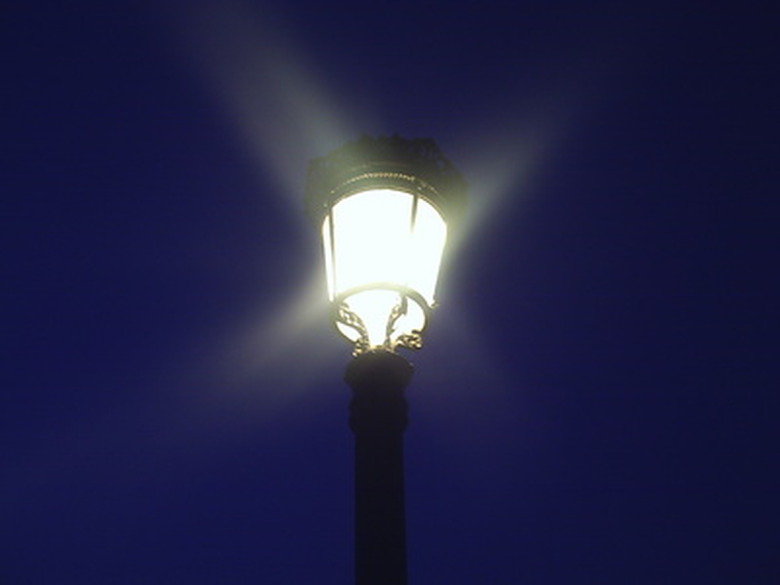The Best Time Of Year To See All The Constellations
Different constellations are visible depending on the season of the year and the time of night, whether before midnight (evenings) or after midnight (mornings). As an amateur astronomer in a city, you will encounter light pollution from street lights, car headlights and house lights, which will limit your ability to see the fainter stars in the constellations. A location away from as much artificial light as possible will let you see the constellations in their full glory.
Spring Evenings & Winter Mornings
Spring Evenings & Winter Mornings
Astronomers often use the constellation of the Big Dipper (Ursa Minor) as a landmark when examining the night sky. You can see the stars of the Big Dipper any time that it is dark, although the best time is spring evenings and winter mornings. Look due north and search for an arc of three stars that lead into four stars arranged in a rectangle. This is the Big Dipper. Follow the two stars of the right side of the rectangle upward, and you will find Polaris, the North Star. Polaris is part of the Ursa Minor (Little Bear) constellation, which looks similar to the shape of the Big Dipper, but flipped. Also visible at this time are the constellations of Leo and Leo Minor, Bootes, Draco and Virgo.
Summer Evenings & Spring Mornings
Summer Evenings & Spring Mornings
The Summer Triangle is visible during summer evenings and spring mornings, and acts as a landmark. Look straight up and find three bright stars that form an inverted triangle overhead or high in the sky. The star on the left is Deneb, which is part of the Cygnus the Swan constellation. The star on the right is Vega, which is in Lyra (the Harp). The third star, at the point, is Altair. Near Altair are the constellations of Aquila (Eagle), Delphinus (Dolphin) and Sagitta (the Arrow.) To the right of Lyra are the more than 20 stars that make up the Hercules constellation.
Autumn Evenings & Summer Mornings
Autumn Evenings & Summer Mornings
The landmark to look for at these times is the Great Square. Look for four stars that form a square. The top left star is part of Andromeda, and the other three are part of the constellation Pegasus (Winged Horse). Looking up and left from the star in Andromeda will bring you to the Andromeda galaxy. Two constellations that form part of the western Zodiac, Aries and Pisces, are also visible at this time. Up and to the right of Andromeda is Cassiopeia, and to its right is Cepheus.
Winter Evenings & Autumn Mornings
Winter Evenings & Autumn Mornings
Orion is a bright constellation at this time, and works as a landmark. The constellation represents a hunter with a sword on his belt, so look for a pattern for four stars forming his head, then his shoulders, arms and legs. Three stars hang off his belt for the sword, though the third star is actually the Orion nebula. To the west of Orion is Canis Minor, with Canis Major underneath it. Gemini, the zodiac constellation, is to the northwest of Orion, and Taurus is just to its northeast. Also visible at this time are the Lepus and Auriga constellations.
Cite This Article
MLA
Ash, Christina. "The Best Time Of Year To See All The Constellations" sciencing.com, https://www.sciencing.com/time-year-see-constellations-7874253/. 24 April 2017.
APA
Ash, Christina. (2017, April 24). The Best Time Of Year To See All The Constellations. sciencing.com. Retrieved from https://www.sciencing.com/time-year-see-constellations-7874253/
Chicago
Ash, Christina. The Best Time Of Year To See All The Constellations last modified March 24, 2022. https://www.sciencing.com/time-year-see-constellations-7874253/
